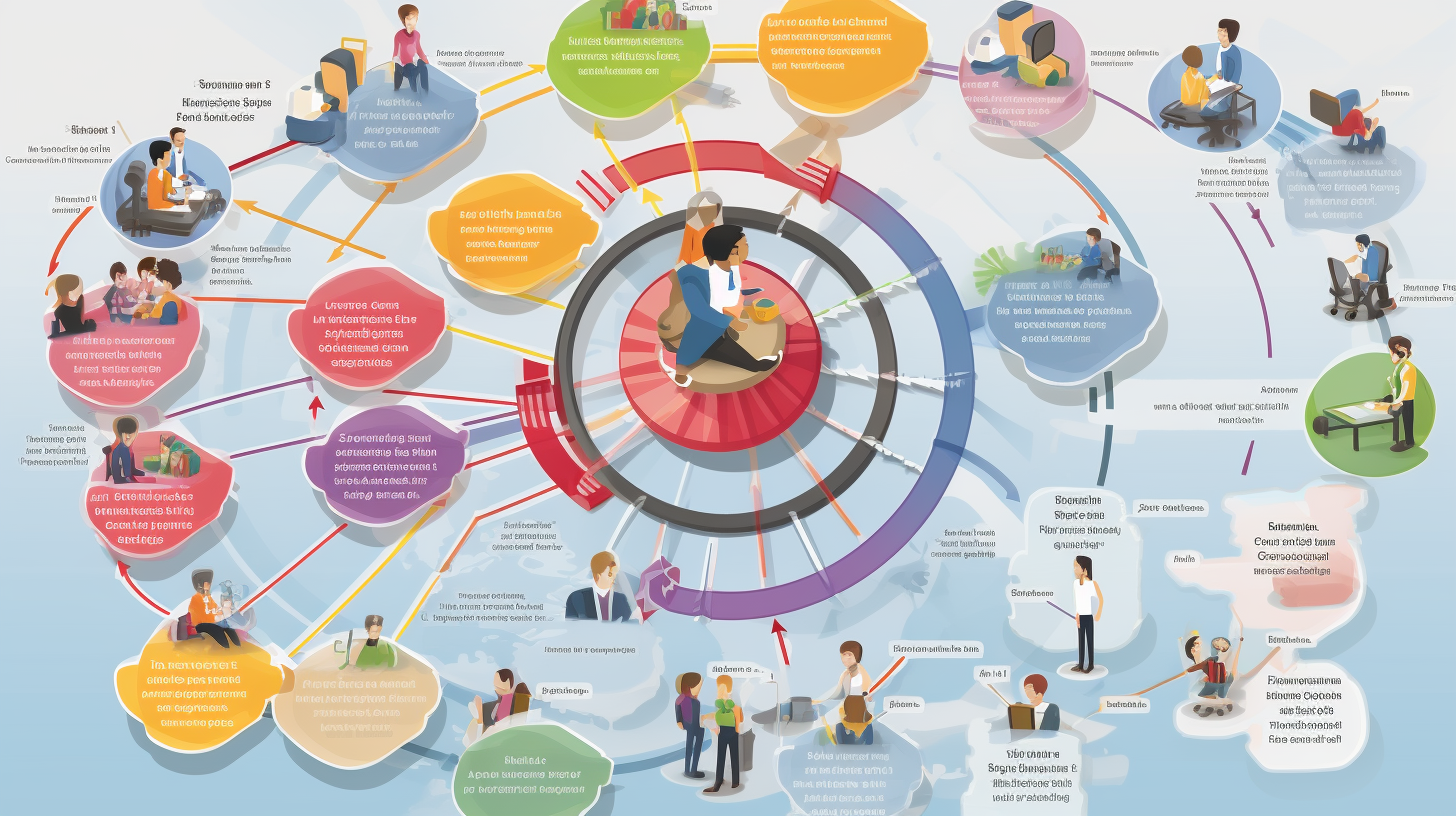
Which of the following scrum artifacts is a central list of work that needs to be done? In the realm of Scrum, an agile framework widely embraced for its flexibility and iterative approach to software development, various artifacts play pivotal roles in orchestrating the entire process. One of these crucial artifacts, serving as the central list of work that needs to be done, is known as the Product Backlog.
The Product Backlog Unveiled
The Product Backlog stands as a dynamic and ever-evolving repository that encapsulates the essential elements of a project. It acts as the single source of truth for all the features, enhancements, bug fixes, and any other deliverables anticipated in the product’s lifecycle.
1. Comprehensive Work Catalog:
The Product Backlog is not merely a to-do list; it’s a comprehensive catalog outlining every conceivable piece of work required for the project. This includes features requested by stakeholders, technical improvements, and items identified during sprint reviews or retrospectives.
2. Prioritization Framework:
A key aspect of the Product Backlog is prioritization. Product Owners, who are responsible for curating and maintaining this backlog, work closely with stakeholders to ensure that the most valuable and high-priority items are at the top. This ensures that the team focuses on delivering the most significant value early in the development process.
3. Responsive to Change:
The agile nature of Scrum emphasizes adaptability and responsiveness to change. Consequently, the Product Backlog is a living artifact, constantly refined and adjusted based on feedback, emerging requirements, and shifts in business priorities. This adaptability allows development teams to stay aligned with evolving project needs.
4. User Stories and Epics:
Within the Product Backlog, work items are often articulated as User Stories or Epics. User Stories represent individual features from an end user’s perspective, while Epics are larger bodies of work that may encompass multiple User Stories. These granular elements facilitate a clear understanding of the work to be undertaken.
The Collaborative Nature of Product Backlog Refinement
The act of refining the Product Backlog is a collaborative effort involving the entire Scrum Team. During Backlog Refinement sessions, the team collaborates to review, update, and groom the backlog. This ensures that items are well-defined, appropriately prioritized, and ready for inclusion in upcoming sprints.
Conclusion
In the Scrum framework, where adaptability and collaboration are paramount, the Product Backlog emerges as the central nervous system of the development process. Its role in capturing, organizing, and prioritizing work items makes it an indispensable artifact for delivering value incrementally and iteratively. As the heartbeat of the Scrum framework, the Product Backlog ensures that the team is always aligned with stakeholder expectations and well-prepared for the iterative cycles that define agile development.

Be the first to comment